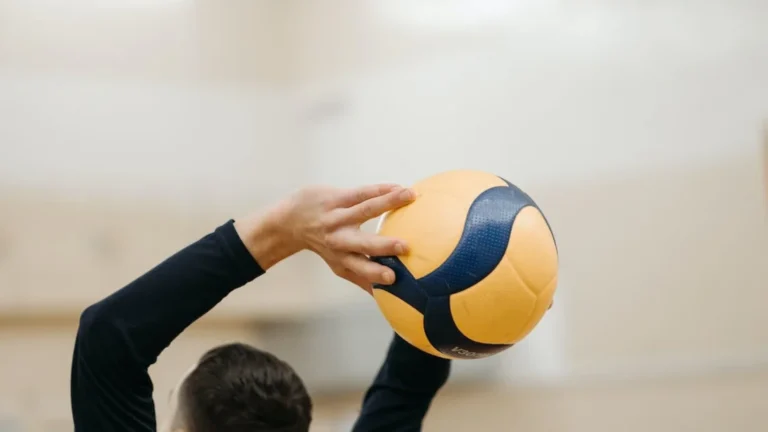Physical Address
304 North Cardinal St.
Dorchester Center, MA 02124

If you are here you know what a set is and know a little about Volleyball. Understanding the various types of sets in volleyball is fundamental for players who aim to enhance their skills and strategic approach on the court. In this blog we will take a comprehensive look at the various types of sets in volleyball, offering detailed insights into their characteristics, strategic significance, and how they can truly elevate your game. So, let’s lace up our shoes, grab our volleyballs.!
Before we delve into the different types of sets in volleyball, let’s ensure that we all have a clear understanding of the sets. In volleyball, a set is a skillful act of a player precisely and swiftly pushing the ball into the air to set up a teammate for an attack. It plays a pivotal role in determining the success of an offensive play. If you’re new to the concept of sets, fret not! I recommend checking out our companion article, “What is a Set in Volleyball?” for a comprehensive breakdown of this fundamental technique.
Now, let’s explore the different sets in volleyball that form the backbone of an amazing team. Check out below to familiarize yourself with these different volleyball sets:
The basic types of volleyball sets form the foundation of the game and are essential skills for any volleyball player.
(Also known as a High Ball) When it comes to providing hitters with an optimal hitting angle, the high in different types of sets in volleyball reigns supreme.
(Also known as a Low Ball or Shoot Set) In contrast to the high set, the low set demands quick timing and agility from the hitter.
(Also known as a Quick Attack or 1 Set) The quick set is an explosive offensive play that catches the opposing blockers off balance.
The specialized types of sets in volleyball add an extra layer of complexity and strategic play to the game. It allows the teams to surprise and outsmart their opponents.
(Also known as a Combo Set) The combination set is a strategic masterpiece that involves incorporating multiple attackers and decoy actions.
(Also known as a Back Row Set or Back One Set) The back set introduces a new dimension to the game by involving back-row hitters in the offense.
The double set is a tactical masterpiece that involves executing two quick sets in rapid succession.
Apart from this if you want to improve your setting then check out our guide on volleyball setting drills. This guide will surely help you.
Teams often adapt and customize sets to match their playing style and take advantage of their strengths. Coaches and players experiment with variations, such as the shoot set, which involves incorporating different offensive techniques. Here are some key points to consider:
Wrapping up the Sets:
Now that you’re familiar with the basics and specialized types of sets in volleyball, you have an arsenal of knowledge to enhance your game. By understanding the different volleyball sets and their strategic significance, you now possess a powerful knowledge base to enhance your game. Remember, each set offers unique characteristics that can add versatility and unpredictability to your play.Experiment with these sets, communicate with your teammates, and adapt them to your playing style. Remember, the key to success lies in practice, teamwork, and maintaining a positive mindset. So go out there, be unpredictable, and make each set count!
There various types of sets in volleyball. The specific number can vary depending on the context and level of play, but commonly recognized sets include
These sets offer different strategies and options for attacking the opponent’s defense.
In volleyball, there are typically three sets played in a match. Each set is played to a specific point target, often 25 points, and the team that wins two out of three sets is declared the winner of the match. However, some variations of the game, such as four-set matches, can be played in different leagues or tournaments.